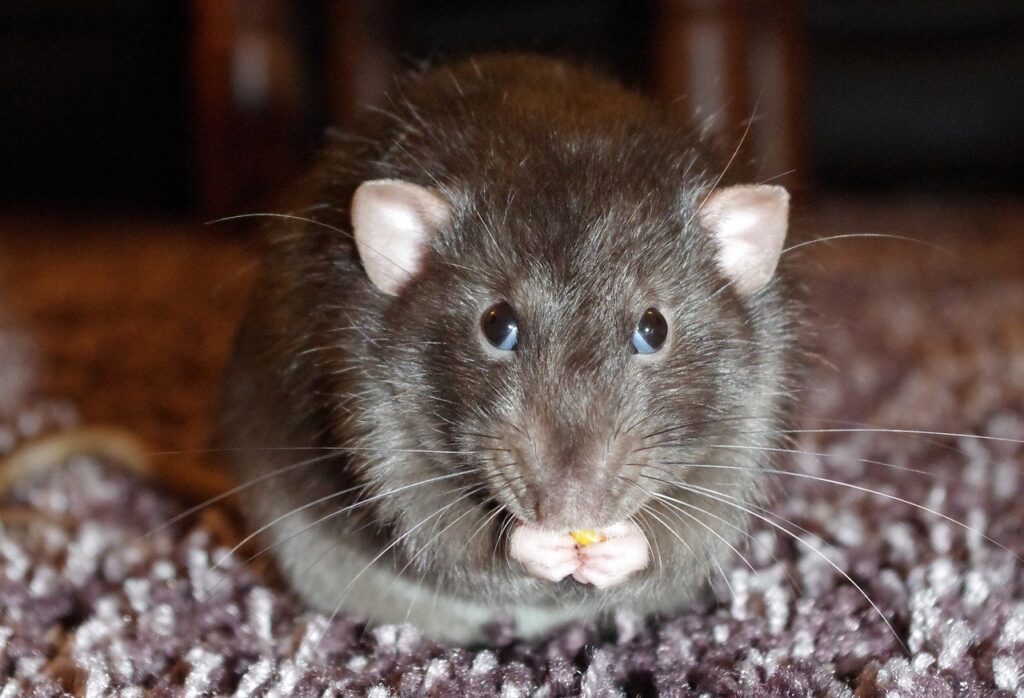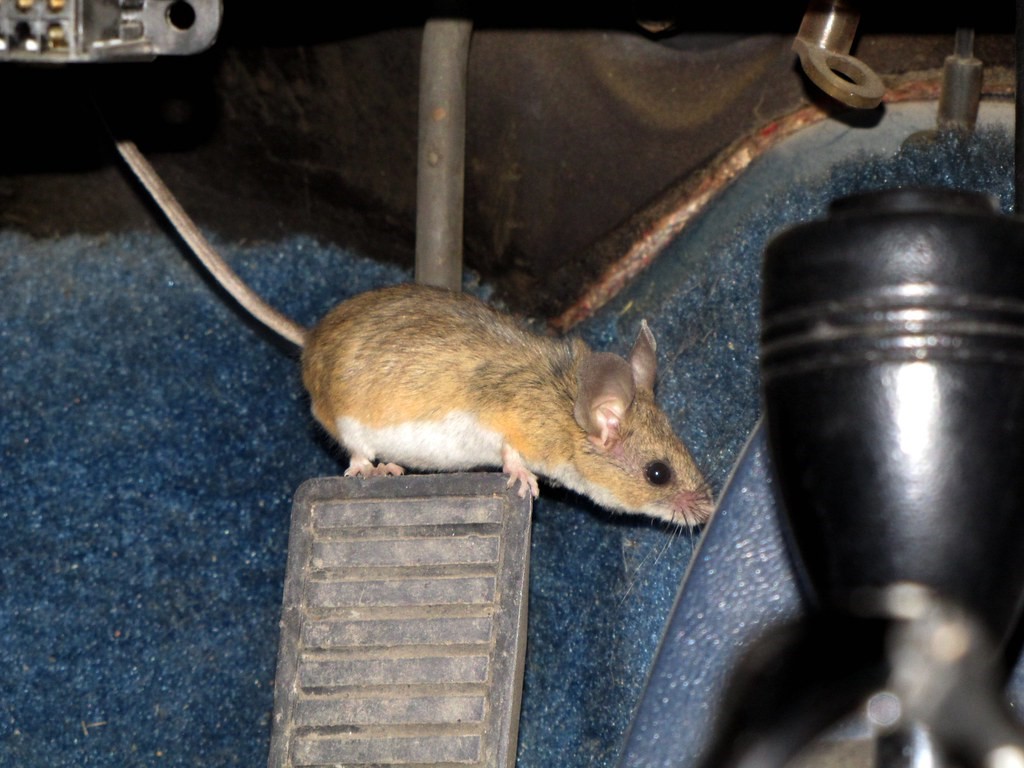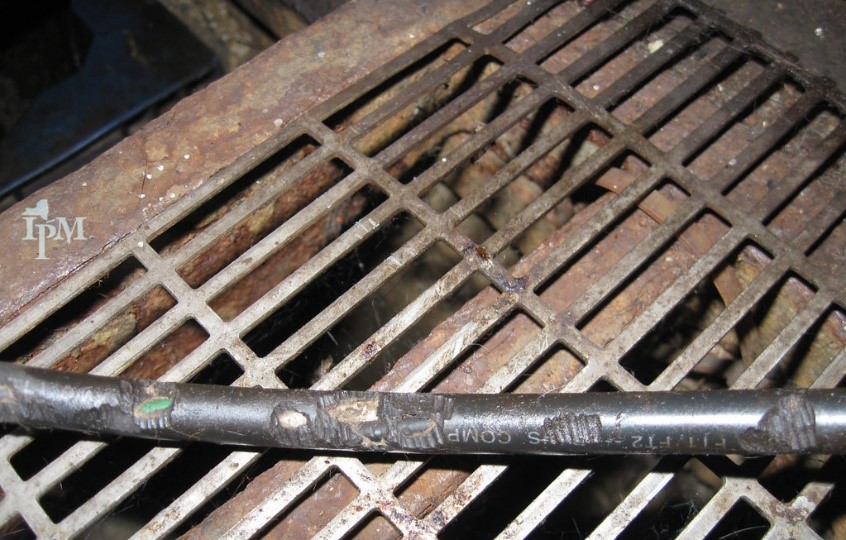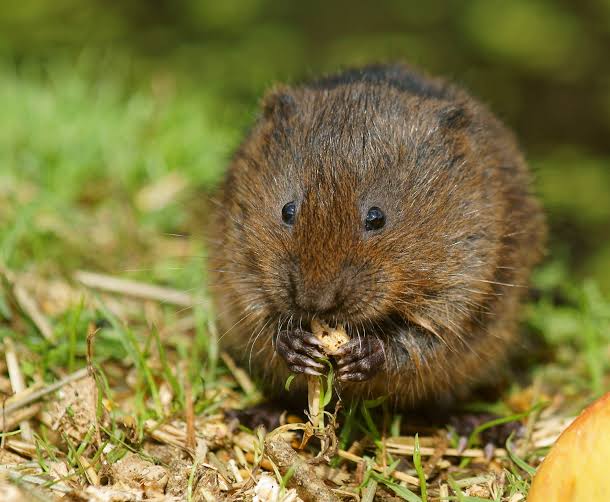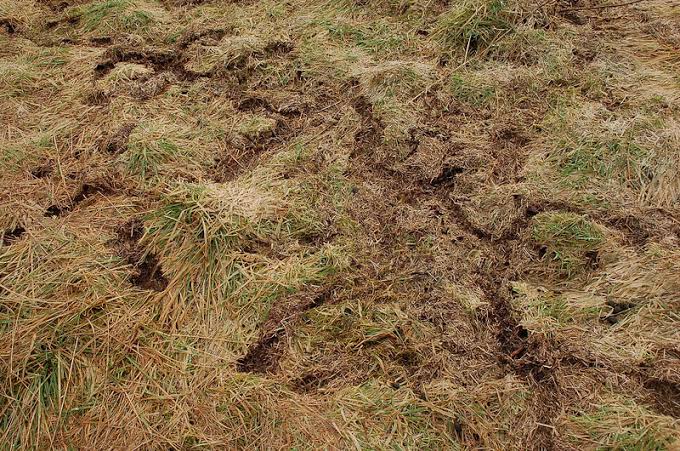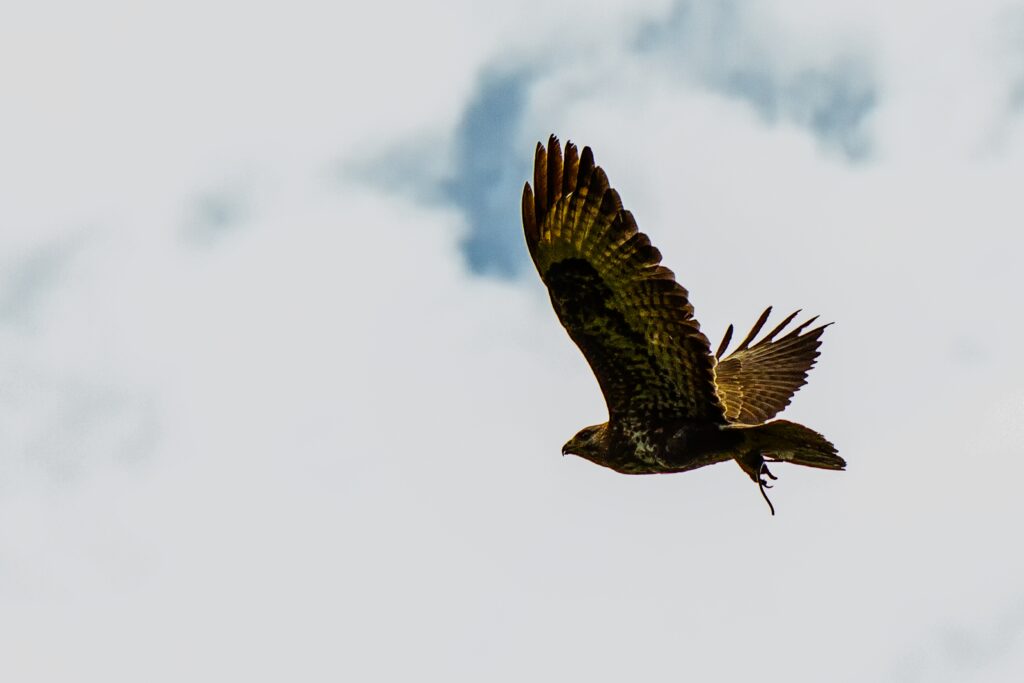The use of rodenticides is extremely widespread globally. At the first glance, they seem like the perfect solution to get rid of the rats and mice that makes life a living hell for many people. Their rampant availability and the marketing strategy labelling them essentially safe for use around households make their presence all the scarier.
In the recent past, a lot of incidences have come to light showing the harmful nature of these rodenticides. Not only are they toxic and harmful to the environment, but also to your pets and children. Anybody who comes in contact with the substance are bound to be affected by it because of its high toxicity levels. Most of the rodenticides are super toxic as they contain substances called anticoagulants. These anticoagulants, once ingested, enters the system and stops the production of the vitamin that is essential for normal blood clotting. This leads to constant bleeding and the consumer dies out because of it.
While it is marketed as a rodenticide that is meant for rats, mice and other pesky rodents, the chemical has the same effect on all organisms that consume it. Birds, pets and children have been reported to have accidently consume the rodenticide causing immense pain and also death in cases of many birds.
Another very prevalent disadvantage of these super toxic rodenticides include their long-half lives. This means that they are present in the environment for a very long time. Rodents that consume the rodenticide, even after dying, harbours the toxic chemicals inside their carcasses. This puts all other animals that feed on them at high risk.
A lot of cases have been seen of how rodenticides can cause excessive harm in the environment. Some of them are given below:
Understanding the Risks of Rodent Poisons to Birds of Prey
16 September, 2020
“A new study finds 100% of tested red-tailed hawks at Tufts Wildlife Clinic to be exposed to anticoagulant rodenticides.
Maureen Murray, V03, director of Tufts Wildlife Clinic and clinical associate professor at Cummings School of Veterinary Medicine, has been studying rodenticide exposure in birds of prey for over a decade. Exposure to rodenticides occurs when people use these chemicals to kill unwanted pests. Mice and rats, or possibly other animals, eat the poison, and then the birds eat the poisoned prey.
Murray has witnessed a steady increase in the number of birds of prey that come into Tufts Wildlife Clinic with rodenticides in their systems—some with fatal levels. But even Murray was taken aback by the results of her most recent study.
“One hundred percent of the red-tailed hawks in the present study tested positive for exposure to anticoagulant rodenticides,” said Murray. “In my 2017 paper, 97 percent of the hawks tested were positive, which is very high. But still, 100 feels like a much more dramatic number.”
The study, published in Environmental Toxicology and Chemistry, also found that 91 percent of the birds tested positive for two or more different types of anticoagulant rodenticide (AR), with the second-generation ARs (SGARs) brodifacoum, bromadiolone, and difethialone found most frequently. SGARs are more potent than their first-generation predecessors, to which some rats—particularly in Europe—developed an immunity.”
RSPCA rat poison warning after fox was found shaking and had to be put down
14 October, 2020
“The RSPCA is warning people about the dangers of using rat poison after a fox was found collapsed in a garden in Manchester after ingesting it – she later died.
The fox was discovered collapsed and shaking in School Grove, Withington, by a resident who alerted the RSPCA on October 9.
The vixen was rushed to a nearby vets for treatment but sadly had to be put down as she was suffering so much, the RSPCA said.
It is suspected the fox may have ingested rat poison – possibly from eating a rodent which had been poisoned.
Miss Pierce said: “The symptoms indicate the fox probably died from poison which was left out for rats but obviously can be ingested by other wild animals as well as dogs and cats and often causes a slow and painful death.
“It is such a shame as she was beautiful and in such great condition.
“People use rat poison but forget about the dangers it poses to other animals such as owls which feed on rats – and we often get reports from dog owners about their pets getting severely ill or dying after ingesting such poison.
“Signs of poisoning, such as vomiting and dizziness can be seen anything from 30 minutes after an animal has ingested the chemical, though it can be two or three days before signs of kidney failure are seen.”
CA tightens rules on rat poisons that kill mountain lions, birds, endangered wildlife
1 October, 2020
SACRAMENTO, Calif. – “Gov. Gavin Newsom on Tuesday signed a bill widely restricting the use of certain highly potent rat poisons that are blamed for killing mountain lions, birds and endangered wildlife.
Assembly Bill 1788 bars the general use of so-called second-generation anticoagulant rodenticides, or SGARs, until the director of the state Department of Pesticide Regulation certifies that the chemicals have been reevaluated and any additional restrictions needed to limit the impact on wildlife are adopted.
The deaths can be slow, and the chemicals linger in the bodies of the rodents and can be passed on up the food chain to predators and scavengers from the dead or dying rodents.
They include mountain lions, bobcats, badgers, golden eagles, great-horned owls, black bears, Pacific fishers, coyotes and endangered San Joaquin kit foxes, according to state regulators.
Last month, wildlife officials announced that an adult bobcat and a young mountain lion that were part of a study of big cats in the wilderness west of Los Angeles both died after ingesting rat poisons.
Consumer sales of SGARs were banned in 2014 and their use restricted to licensed exterminators. However, the chemicals are still widely used commercially and in agriculture.
Supporters of the bill said stronger measures were needed because the 2014 restrictions haven’t reduced the impact on wildlife that play important roles as natural rodent predators.”
Moreover, recent reports have shown that because of over-exposure to the poisons many rat species have developed resistant towards them, thus defying the entire concept of using them. These rats, named as super-rats, are bigger in size and have shown immunity towards many types of rodenticides.
It is clear that something has to be done to stop the rodents and toxic rodenticides and pesticides are not the option.
We, at C Tech Corporation, have a unique, effective, and efficient way to tackle these pesticides and replace them with the pest repellent products that we manufacture.
The product RodrepelTM manufactured by C Tech Corporation is an anti-rodent and animal aversive. It works on the mechanism of repellence and is an extremely low concern, low toxic, low hazard, non-carcinogenic and non-mutagenic pest aversive. It does not kill or cause harm to the pests or to the environment, thus, indirectly helping to maintain the ecological balance.
RodrepelTM is available in the form of masterbatch, which can be incorporated into the polymeric applications like pipes, agriculture mulch films, floating row covers, greenhouse films etc. used for crop cultivation purpose etc.
The product available in the form of liquid concentrate can be mixed in paints in a predetermined ratio and be applied to the fences in the garden and farms to keep the pests away from these places.
Our product in the lacquer form can be applied topically on the applications. The lacquer is compatible with most of the surfaces like wood, concrete, metal, polymer, ceramic, etc. The lacquer can be applied on the already installed pipes in the fields or garden, fences around farms and garden, walls of the warehouses where the agricultural products are stored, thus protecting it from damage.
Our newly developed product in the form of a spray can be sprayed anywhere to repel the pests. The product is compatible with all types of surfaces and can be used by anyone. The RodrepelTM rodent repellent spray is completely safe to use.
RodrepelTM does not kill or harm the rodents but repels them. It does not volatilize and does not degrade the soil. It is RoHS, RoHS2, RoHS3, EU – BPR, ISO, REACH, APVMA, NEA compliant and FIFRA exempted.
Contact us at technical.marketing@ctechcorporation.com to keep the pests away and decrease the use of pesticides.
Also, visit our websites:
http://www.ctechcorporation.com/
Follow our Facebook pages at:
1] https://www.facebook.com/Combirepel-411710912249274/
2] https://www.facebook.com/Termirepel-104225413091251/
3] https://www.facebook.com/Rodrepel-120734974768048/
Follow us on our Twitter pages at:
1] https://twitter.com/rodrepel


